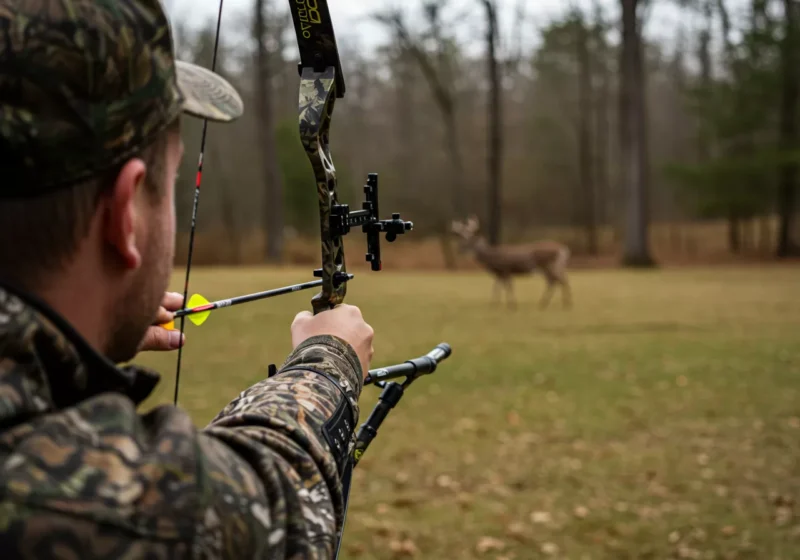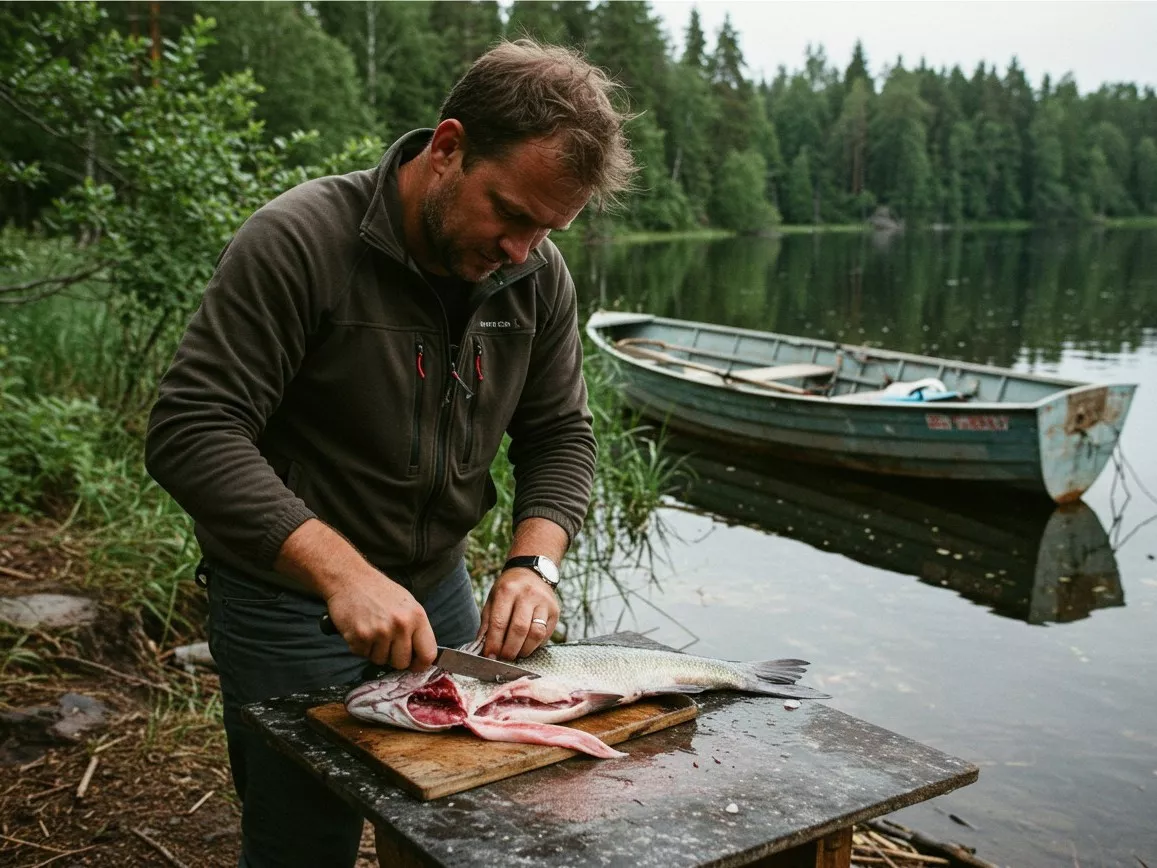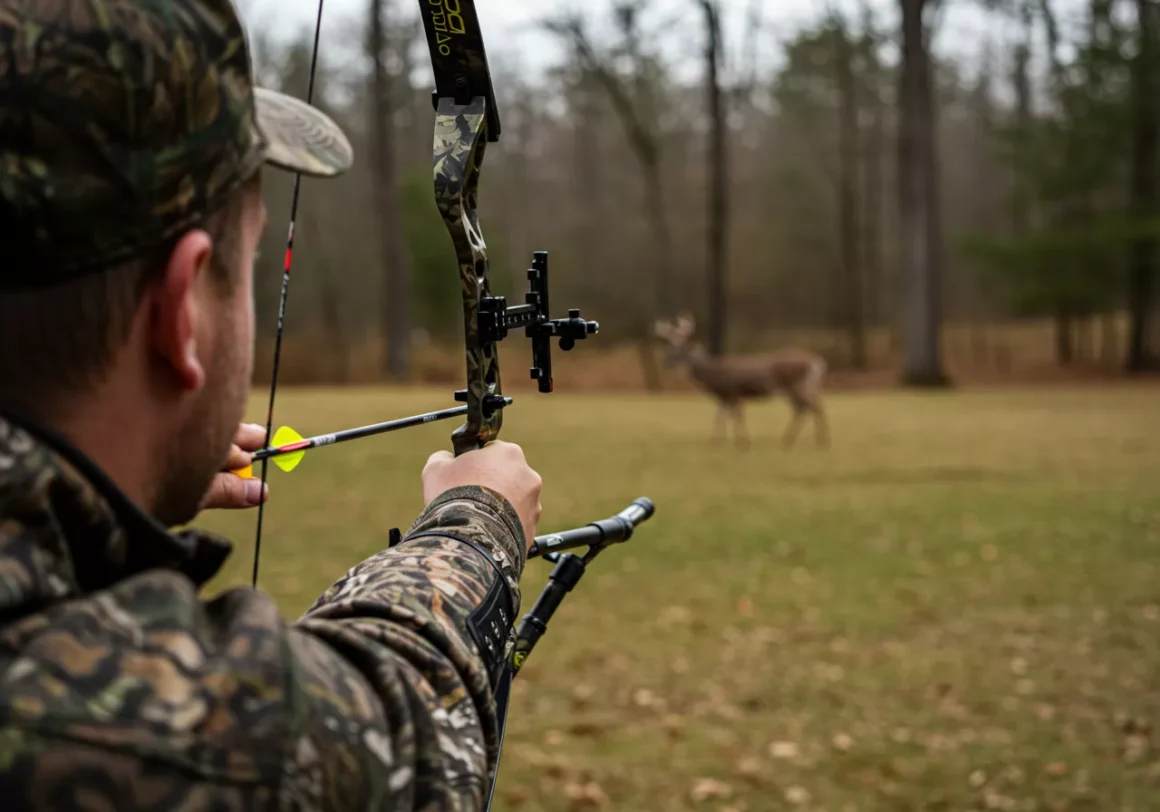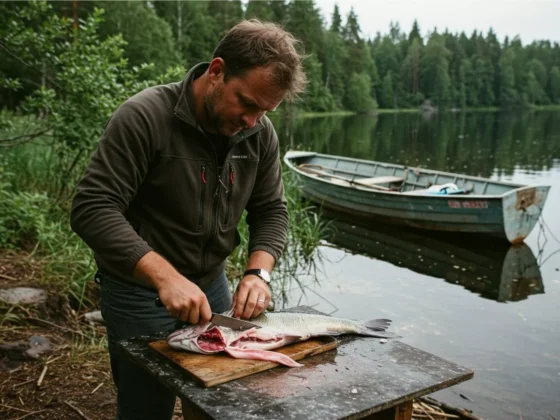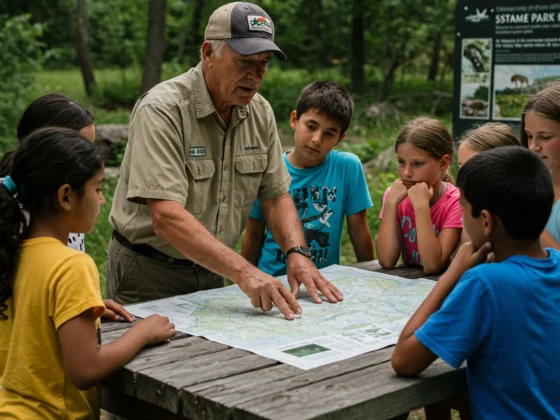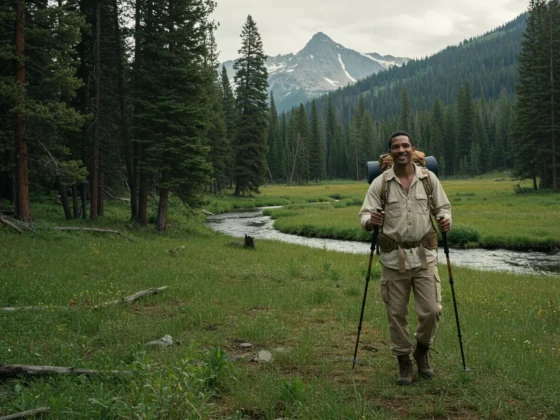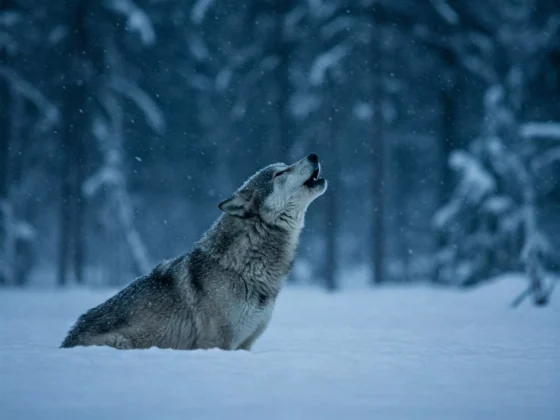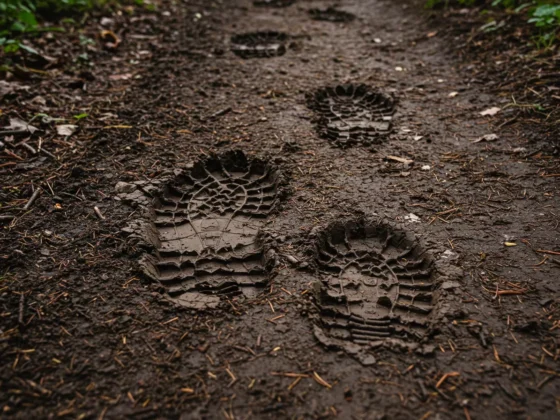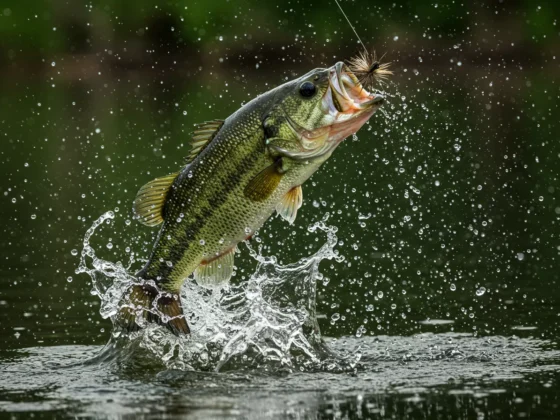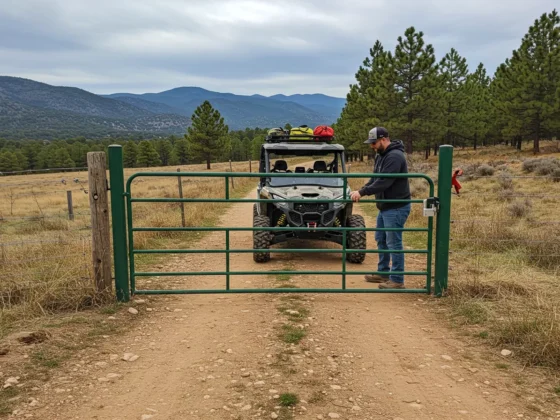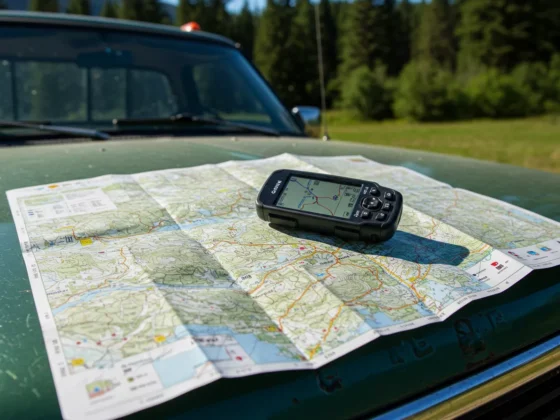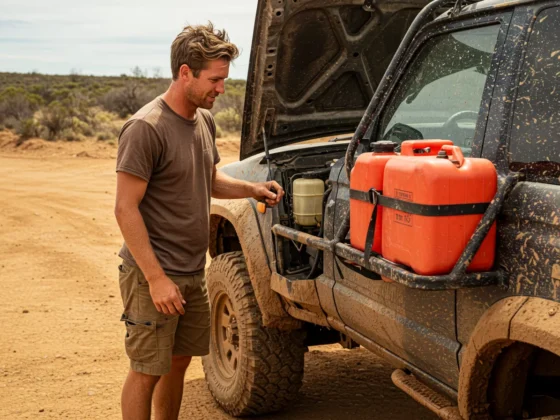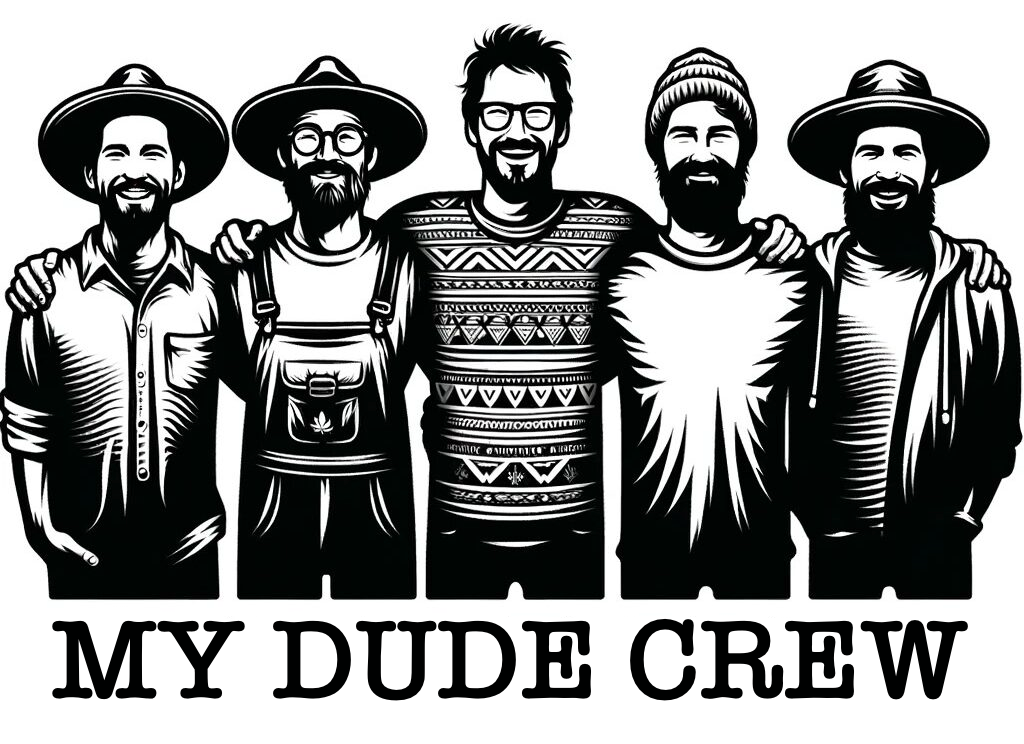Alright, settle in for a minute. We need to talk about something fundamental to being an outdoorsman worth his salt: ethical harvest. It’s not just about filling the freezer or tagging a trophy; it’s about a deep-seated respect for the wild creatures we pursue and the rules that protect them. Think of it as the silent handshake between you and the wild.
I’ve seen folks eager to get into hunting or fishing, eyes wide with the thrill of it all, and that’s great! But sometimes, in that excitement, the most critical piece gets overlooked: the responsibility that comes with the privilege. Taking a life, whether it’s a deer for venison or a fish for the pan, is a serious act. It demands reverence, skill, and adherence to the rules set out to ensure these populations thrive for generations to come.
The Cornerstone: Respect
Why the big deal about respect? Well, first off, the animal deserves it. It lived a wild life, navigating the world on its own terms. Our role, as ethical harvesters, is to make the end as swift and humane as humanly possible. Anything less is, frankly, disrespectful to the animal itself.
Secondly, respect ties directly into conservation. Every regulation, every season limit, every size restriction exists for a reason: to manage wildlife populations sustainably. Ignoring these rules isn’t just breaking the law; it’s potentially damaging the very resource we cherish. It’s like draining the pond you plan to fish from tomorrow. Just doesn’t make sense.
Knowing the Rules, Inside and Out
This is non-negotiable, folks. Before you even step foot in the woods or cast a line, you must know the regulations for your specific location and the species you’re after.
- Licenses and Permits: Got the right one? Is it current? Sounds simple, but you’d be surprised. This is your ticket to participate, and it directly funds conservation efforts.
- Seasons: Hunting and fishing seasons exist to protect animals during vulnerable times, like breeding or migration. Don’t fudge this. Knowing opening and closing dates, and specific season types (archery, rifle, muzzleloader, etc.) is paramount.
- Bag and Possession Limits: These limits prevent overharvesting. Stick to them. That extra bird or fish isn’t worth jeopardizing the population or facing hefty fines and losing your privileges.
- Legal Methods: Understand what gear and techniques are permitted. Are electronic calls allowed for turkeys? What type of bait is legal for fishing in this lake? Ignorance isn’t a valid excuse.
- Tagging and Reporting: Follow the rules for tagging harvested animals immediately and reporting your take as required. This data is crucial for wildlife management.
Think of the regulations as the framework. They’re not there to make your life difficult; they’re there to protect the resource.
In the Field: Making Ethical Choices
Okay, you’re out there. Regulations memorized, gear checked. Now what? This is where your skills and judgment come into play.
- Positive Identification: Are you absolutely sure of your target? Mistaken identity leads to illegally taking protected species or the wrong sex/age class. Use binoculars or a spotting scope before you even think about raising your firearm or drawing your bow. Know the difference between a legal buck and a button buck, a hen turkey and a gobbler out of season, or a protected fish species versus one you can keep.
- Shot Placement is King: This is perhaps the most critical skill for a hunter. You owe it to the animal to make a clean, ethical kill. Know your anatomy. Practice rigorously with your chosen weapon so that when the moment of truth arrives, you’re confident in making a lethal shot to the vital organs. A wounded animal that suffers is a failure on your part.
- Tracking and Recovery: If you take a shot, your absolute priority becomes recovering that animal. Mark the spot of the shot, pay attention to the animal’s reaction, and look for blood, hair, or other signs. Give the animal time if necessary, but track diligently and thoroughly. Losing an animal is a terrible feeling and an ethical failure.
- Field Dressing and Care: Once recovered, the work isn’t over. Field dress the animal promptly to cool the meat and prevent spoilage. Get it out of the elements and back to camp or the processor efficiently. “Waste not, want not” isn’t just a saying; it’s an ethical imperative. Utilize as much of the animal as possible.
Pro Tip: I always carry a small notepad and pen to jot down details right after a shot – where the animal was, direction of travel, what the blood sign looks like. It’s invaluable for tracking.
Gear That Helps You Be Ethical
While skills and knowledge are primary, the right gear supports ethical practice:
- Quality Optics: Binoculars and spotting scopes aren’t just for spotting game; they are crucial ethical tools for positive identification at a distance.
- Appropriate Firearm/Bow and Ammunition/Broadheads: Using the right tool for the job ensures you have enough power and accuracy for a clean kill. Don’t try to hunt elk with a .22 or deer with tiny fishing gear.
- Sharp Knife and Field Dressing Kit: Essential for prompt and clean processing of the animal.
- Tracking Aids: Good headlamps, flagging tape, and even specialized tracking lights can be vital for recovering game after dark or in thick cover.
Common Pitfalls and How to Avoid Them
- Buck Fever/Target Fixation: Getting so excited you shoot without confirming your target or shot placement. Breathe. Slow down. If the shot isn’t right, don’t take it.
- Pushing Limits: Shooting at ranges you haven’t practiced for or in poor light. Know your effective range and stick to it.
- Not Tracking Thoroughly: Giving up too early on a wounded animal. Dedicate the time and effort required. Ask for help if you need it.
- Ignoring Regulations Because “No One Is Watching”: This is the worst kind of thinking. You are watching. Your conscience is watching. And you’re undermining the entire system.
The Takeaway
Being an ethical outdoorsman who harvests wildlife isn’t about being perfect every time, but it is about striving for excellence in respect, knowledge, and execution. It’s about understanding that you are a participant in the ecosystem, not just a consumer.
When you hold that bird or field dress that deer, take a moment. Appreciate the life it lived and the sustenance it provides. Follow the rules, hone your skills, and carry out your harvest with respect. That’s the mark of a true outdoorsman. It’s how we ensure these traditions, and the wildlife itself, endure.

